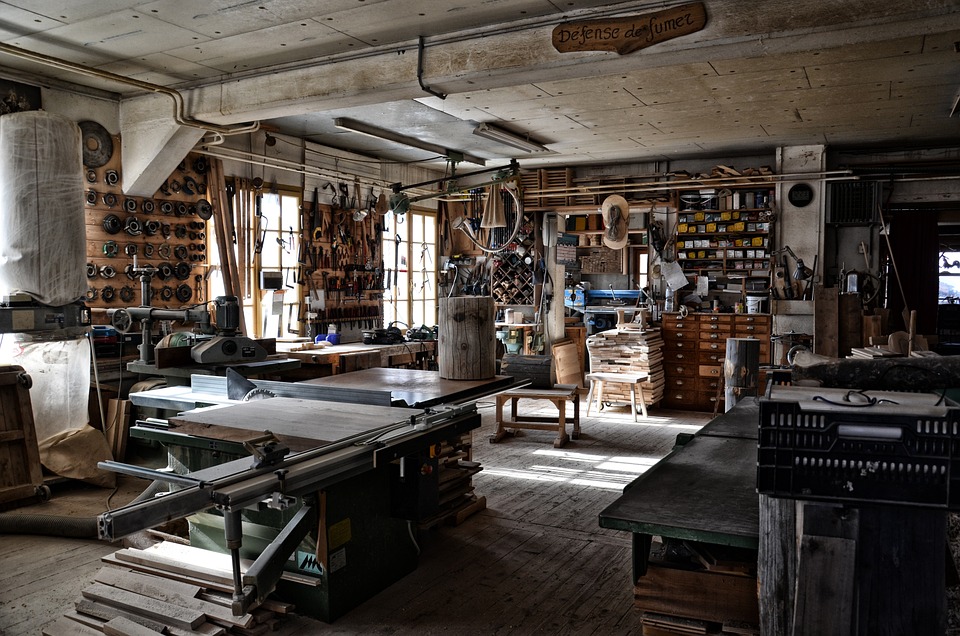In the bustling world of carpentry, where craftsmanship and precision reign supreme, your resume serves as your calling card. It’s not merely a list of jobs; it’s a narrative of your journey, showcasing your skills, experiences, and aspirations. Crafting a standout carpenter resume is essential if you wish to carve out your niche in the UK’s competitive job market.
1. The Craft of Presentation
First impressions matter, and your resume is no exception. The layout should be clean yet impactful, with clear headings and logical sections. A striking design does not overshadow the content but enhances readability. Opt for a professional font, ensure adequate spacing, and consider incorporating subtle colours that resonate with the timber industry—earthy tones perhaps?
Key Sections to Include:
- Contact Information: Your name, phone number, email, and LinkedIn profile.
- Professional Summary: A concise overview that highlights your experience and what sets you apart.
- Skills: A bulleted list of your technical skills, from joinery to finishing techniques.
- Work Experience: Detailed accounts of your previous roles, focusing on achievements and responsibilities.
- Education and Qualifications: Relevant certifications, training, and apprenticeships.
2. Showcasing Your Skills
When it comes to carpentry, your skills should take centre stage. Beyond listing the usual suspects—like proficiency in hand tools and power tools—consider adding specialised skills. Have you mastered the art of cabinetry? Can you create bespoke furniture? Perhaps you’re adept in sustainable practices? Highlighting such expertise can set you apart from the crowd.
Crafting Your Skills Section:
- Technical Skills: Specific tools, techniques, and materials you’re familiar with.
- Soft Skills: Communication, teamwork, and problem-solving abilities are equally valuable.
- Certifications: Any relevant qualifications, such as NVQs or health and safety certifications, should be prominently displayed.
3. Paint a Picture with Your Experience
Your work experience is your canvas. Rather than simply listing duties, narrate your achievements. Did you lead a project that finished ahead of schedule? Did your innovative solution save costs or materials? Use quantifiable metrics where possible—numbers often speak louder than words.
Structuring Your Experience:
-
Job Title, Company Name (Dates of Employment)
- Brief overview of your role and responsibilities.
- Key achievements or projects that illustrate your contributions.
-
Job Title, Company Name (Dates of Employment)
- Focus on skills you utilised and challenges you overcame.
- Emphasise collaboration with other trades or stakeholders.
4. The Final Touches
As you approach the end of your resume, don’t forget the importance of proofreading. Spelling or grammatical errors can undermine even the most impressive credentials. Consider having a trusted colleague or friend review your document—an extra pair of eyes can catch mistakes you might overlook.
Additional Considerations:
- References: It’s often wise to mention that references are available upon request. Choose individuals who can vouch for your skills and professionalism.
- Tailoring Your Resume: Each job application is unique. Customise your resume to highlight the skills and experiences that align best with the specific job description.
In the ever-evolving landscape of carpentry, a well-crafted resume is your gateway to new opportunities. It reflects not only your skills but also your dedication to the craft. With the right template and approach, you can present yourself as the ideal candidate for any carpentry role in the UK.
CVPortal continues to bring you a variety of premium resume references, ensuring you’re always equipped to showcase your talents effectively.


